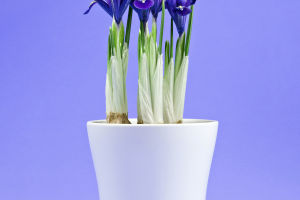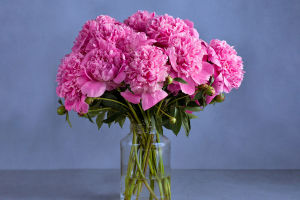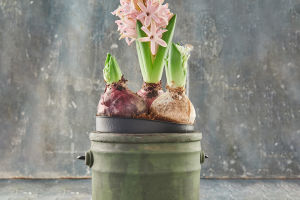Tulips are one of the most popular flowers in the world, captivating countless admirers with their unique shapes and vibrant colors.
Here, Lykkers, we delve into the multifaceted world of tulips, exploring their applications in art, genetic and breeding advancements, comparisons with other plants, and their role in modern life.
The Role of Tulips in Art
Tulips have long been an important motif in art, inspiring countless artists with their delicate shapes and vivid hues. During the Dutch Golden Age in the 17th century, tulips frequently appeared in still-life paintings, symbolizing wealth and prosperity.
Renowned painters such as Jan Brueghel the Elder and Jan Davidsz de Heem created masterpieces that prominently featured tulips, showcasing their beauty with meticulous brushstrokes and rich colors.
These works not only celebrated the aesthetic appeal of tulips but also reflected the economic and cultural significance of the "tulip mania" period in the Netherlands.
In modern art, tulips continue to captivate artists and audiences alike. For instance, Andy Warhol's silkscreen prints often included tulip patterns.
Through his distinctive color schemes and repetitive image processing, Warhol imbued tulips with new visual effects and artistic meanings, bridging the gap between traditional floral representation and contemporary pop art.
Genetics and Breeding Technology of Tulips
Genetic research on tulips provides a scientific foundation for breeding new and improved varieties. By conducting genetic analyses, scientists have identified key genes responsible for flower color, shape, and disease resistance. These discoveries have enabled breeders to cultivate tulips with a broader range of ornamental features and enhanced resilience to environmental changes and diseases.
Modern breeding technologies, such as gene editing and molecular marker-assisted breeding, have further accelerated the development of tulip varieties. Gene editing allows for precise modifications of specific gene fragments in the tulip genome, facilitating targeted improvements in desired traits.
Molecular marker-assisted breeding employs molecular markers to screen for individuals with superior characteristics, significantly boosting the efficiency and success rate of breeding programs.
Comparison of Tulips with Other Plants
When compared to other flowers, tulips possess unique advantages and characteristics. One notable feature is their relatively short flowering period, which is compensated by their striking colors and elegant shapes.
Tulips are particularly well-suited for large-scale planting and public displays, while roses, for example, are more commonly used in bouquets and floral arrangements due to their longer-lasting blooms and symbolic associations.
Tulip bulbs exhibit a high degree of adaptability, thriving in various climatic conditions. This resilience contrasts with the more specific environmental requirements of some other flowers.
Lilies, for instance, demand well-drained soil and precise watering conditions, while tulips can flourish in a broader range of soils, provided they are well-drained.
Applications of Tulips in Modern Life
Besides their aesthetic and ornamental value, tulips have numerous applications in modern life. Tulip essential oil, extracted from the petals, is prized in aromatherapy for its unique fragrance and soothing properties. This essential oil is used in a variety of products, including candles, diffusers, and massage oils, contributing to relaxation and well-being.
Tulip petals also are used in the culinary, where they are sometimes used to create scented teas. Additionally, natural dyes derived from tulip petals offer a sustainable alternative to synthetic dyes, providing eco-friendly options for coloring fabrics and other materials.
Tulips play a significant role in festive decorations and celebrations. In the Netherlands, for example, tulips are extensively used to adorn streets and squares during "King's Day" celebrations every spring, becoming an integral part of the festivities. On occasions such as Valentine's Day and Mother's Day, tulips are popular gifts, symbolizing love and appreciation.
Tulips are more than just a pretty flower; they are a symbol of art, history, and innovation. Their applications in art, genetics, and modern life underscore their versatility and enduring appeal.
As we celebrate the beauty of tulips, we also recognize their significant contributions to our cultural and natural heritage. Through continued research and appreciation, tulips will remain a cherished part of our world, blooming brightly for generations to come.


